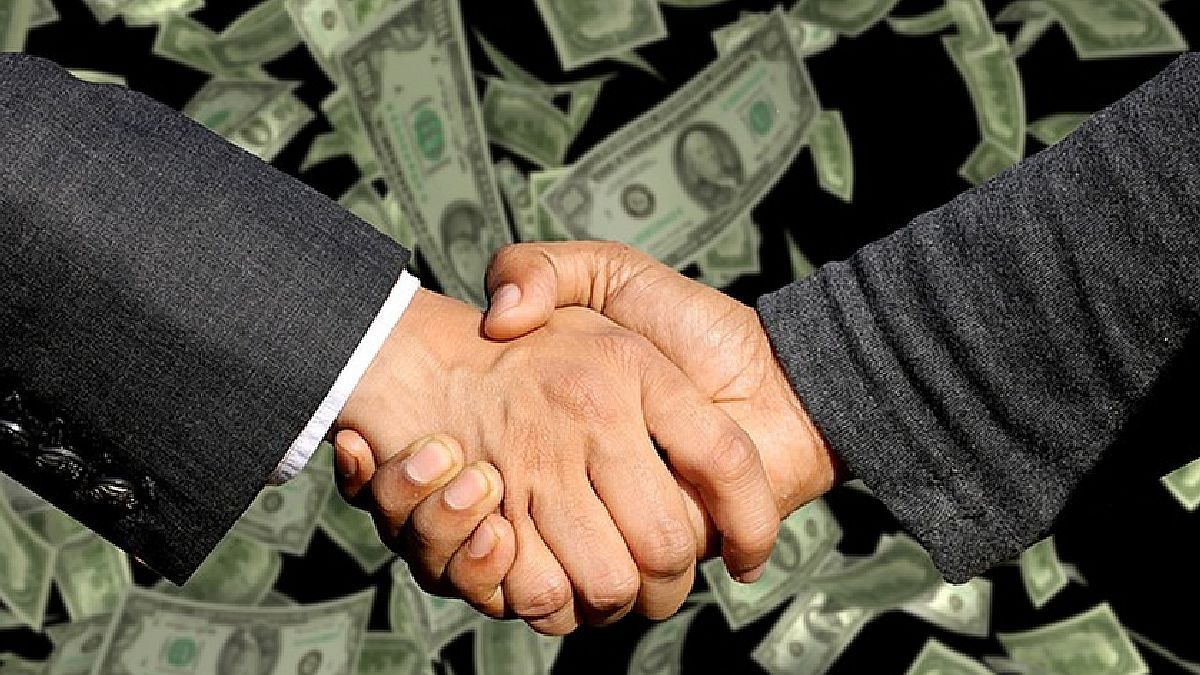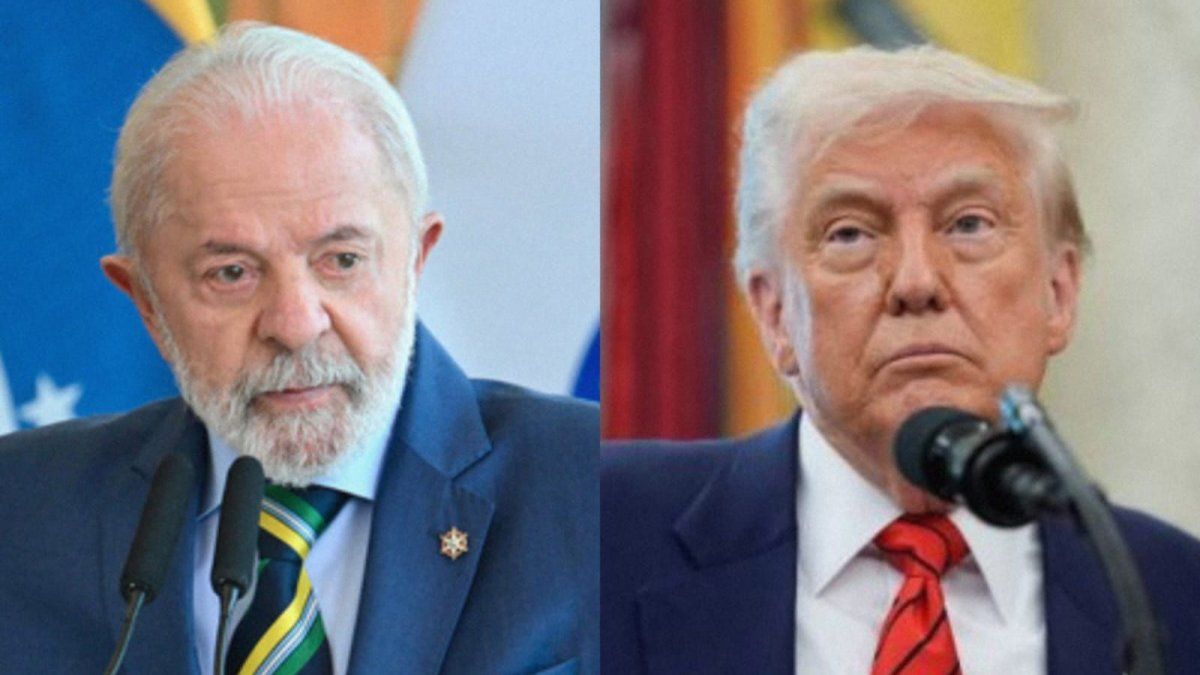Of short term the game is clear: the Government froze the wholesale exchange rate in $350 until the second round elections on November 19, 2023. If we add to this that the interest rate is at 9.83% per month, we have positive rates against the wholesale dollar. It is not worth postponing the liquidation of exports, or not selling soybeans, corn and wheat with prices that are going to be stable, and a rate close to double digits.
The Government is also going to intervene in the alternative dollar market to ensure that the gap is parked between 80% and 110%. This would give us dollar values between $630 and $735. Another scenario to take advantage of: sell dollars and place the rate for a period of 60 days. You can have a profit of 20% in pesos, and if the dollar moves little you get a rate of two digits per year, when the rate in the world is 5% per year. These passes or gambits that are generated in the market are a swallow that does not make the summer.
Of long term the price of the dollar will continue to rise, since we continue with many pesos and few dollars.
The monetary liabilities of the Central Bank total $25.9 trillion, of which only 24.5% correspond to the monetary base that is not remunerated, while 75.5% is remunerated at an annual rate of 118%, which It ends up being an effective rate of 209% per year.
For the market to validate a dollar value of $730, the reserves should be located at US$35,500 million, currently reaching US$28,991 million.
Argentina has no possibility in the short term of generating a genuine increase in reserves, since it is not selling state assets to capitalize the Central Bank, nor does it have a fiscal surplus to buy dollars and increase the Central Bank’s reserves.
It is imperative that the treasury achieve a fiscal surplus, as of July 2023, the fiscal deficit of the last 12 months amounts to $5.7 trillion. Tax revenue finances 79.5% of the sum of spending plus interest paid by the State.
Of the total deficit of $5.7 trillionthe Central Bank, via monetary issue, contributed $1.9 trillionwhile through other channels it issued pesos to buy treasury bonds for a total of $1.8 trillion. If there is no drastic cut in public spending and we achieve a fiscal surplus, this problem is going to grow, and the weakness of the peso is going to deepen.
An important fact is the Argentine public debt measured in pesos, namely:
image.png
It is interesting to analyze that Argentina has a negative cash flow in its treasury due to $5.7 trillionand a debt for $111 billionwith that flow the debt is never paid.
To have an interesting ratio, you should have a fiscal surplus that allows you to repay the debt in at least 25 years. To do this, you should have a fiscal surplus of $4.5 trillion.
For this to be possible, public spending should be adjusted in $10.2 trillionsomething difficult for it to happen in the current framework, but it is a signal for the president to take office in the next term.
We believe that before talking about dollarization or elimination of the Central Bank, it would be interesting to hear from the candidates for president how they will make this adjustment, without claiming that the political caste will pay for it when we all know that an adjustment of this magnitude ends up paying for the whole of the Argentine people.
Conclusion
- In the short term we believe that a Spring Plan: the wholesale exchange rate is frozen, the fixed term rate is at 9.83% per month, alternative dollars are intervened in an intervention band that the government will not specify, but that we know will not exceed the 110% gap . On the other hand, there will be increases for retirees, pensioners, workers, social plans and everything that is in the orbit of the State.
- A spring does not make a summer, the short-term strategy is to place pesos at interest rates. The medium-term strategy (medium term more than 60 days is understood) is to have merchandise stored or, failing that, assets that adjust for the wholesale dollar or MEP dollar (negotiable obligations or sovereign bonds).
- For those who bet on the long term, invest in shares: in Argentina, those linked to energy, banks and exporters; in the United States, companies linked to artificial intelligence and banks.
- There is no single way to invest, the portfolios are adapted to the personality of each individual, and their temperament towards risk. What is provided are general guidelines, which may or may not be adapted to the reader, but which set a guide for what is to come in economic matters between now and the end of the year.
- Inflation will not stop and the depressed dollar for the next 90 days will become the spring dollar from the time the next president is elected until the end of the year. For December, the wholesale dollar around $600 is highly probable.
Source: Ambito
David William is a talented author who has made a name for himself in the world of writing. He is a professional author who writes on a wide range of topics, from general interest to opinion news. David is currently working as a writer at 24 hours worlds where he brings his unique perspective and in-depth research to his articles, making them both informative and engaging.




